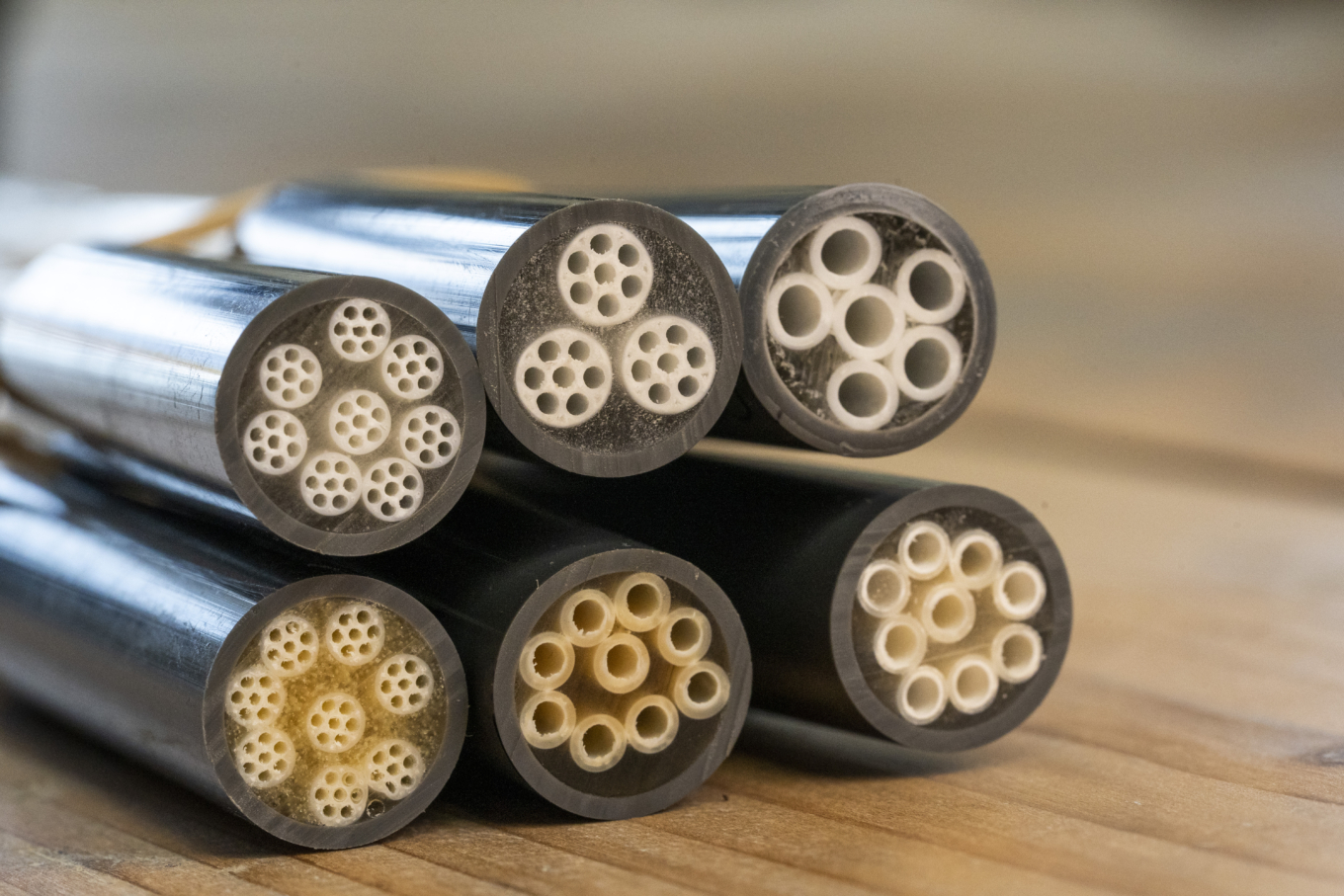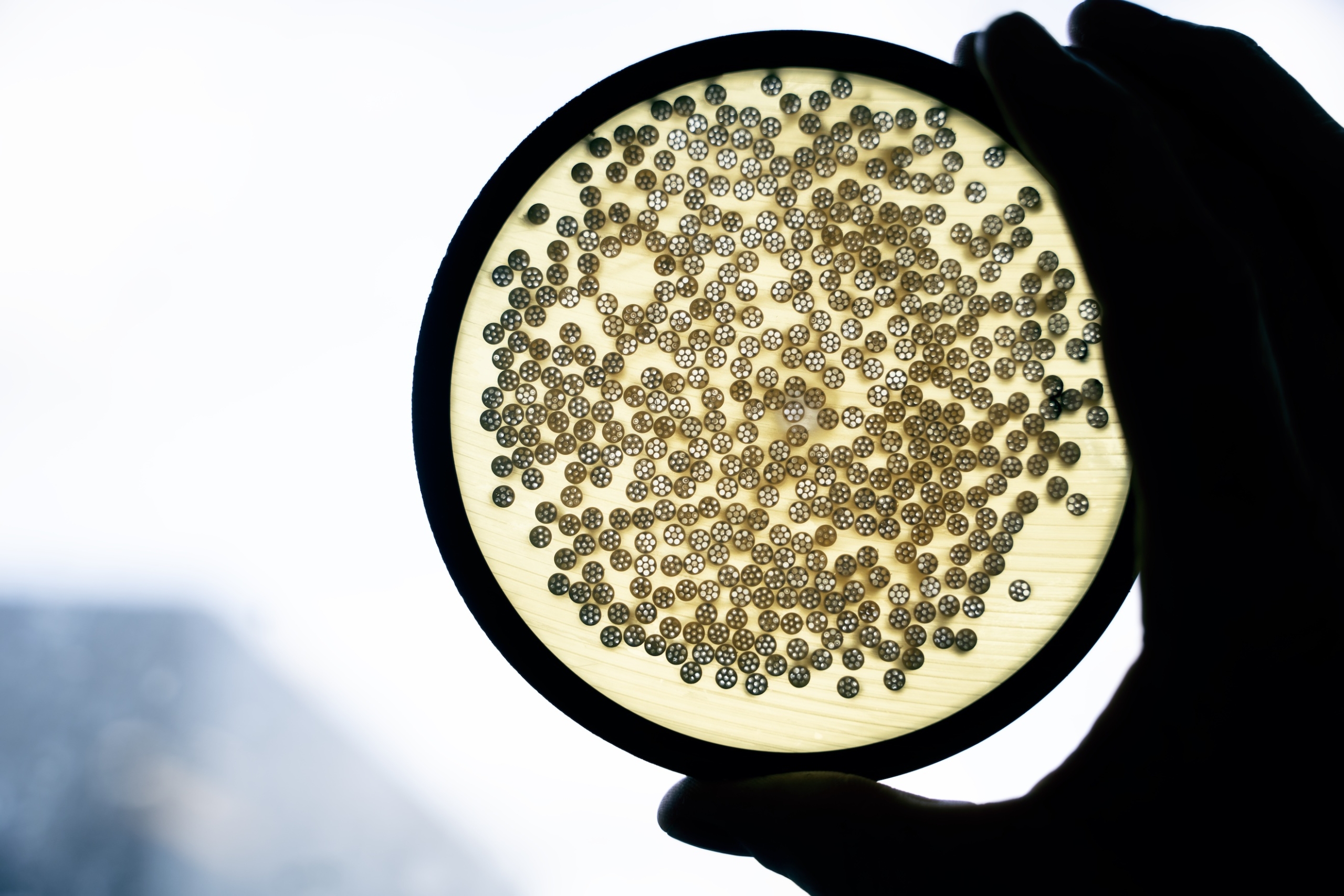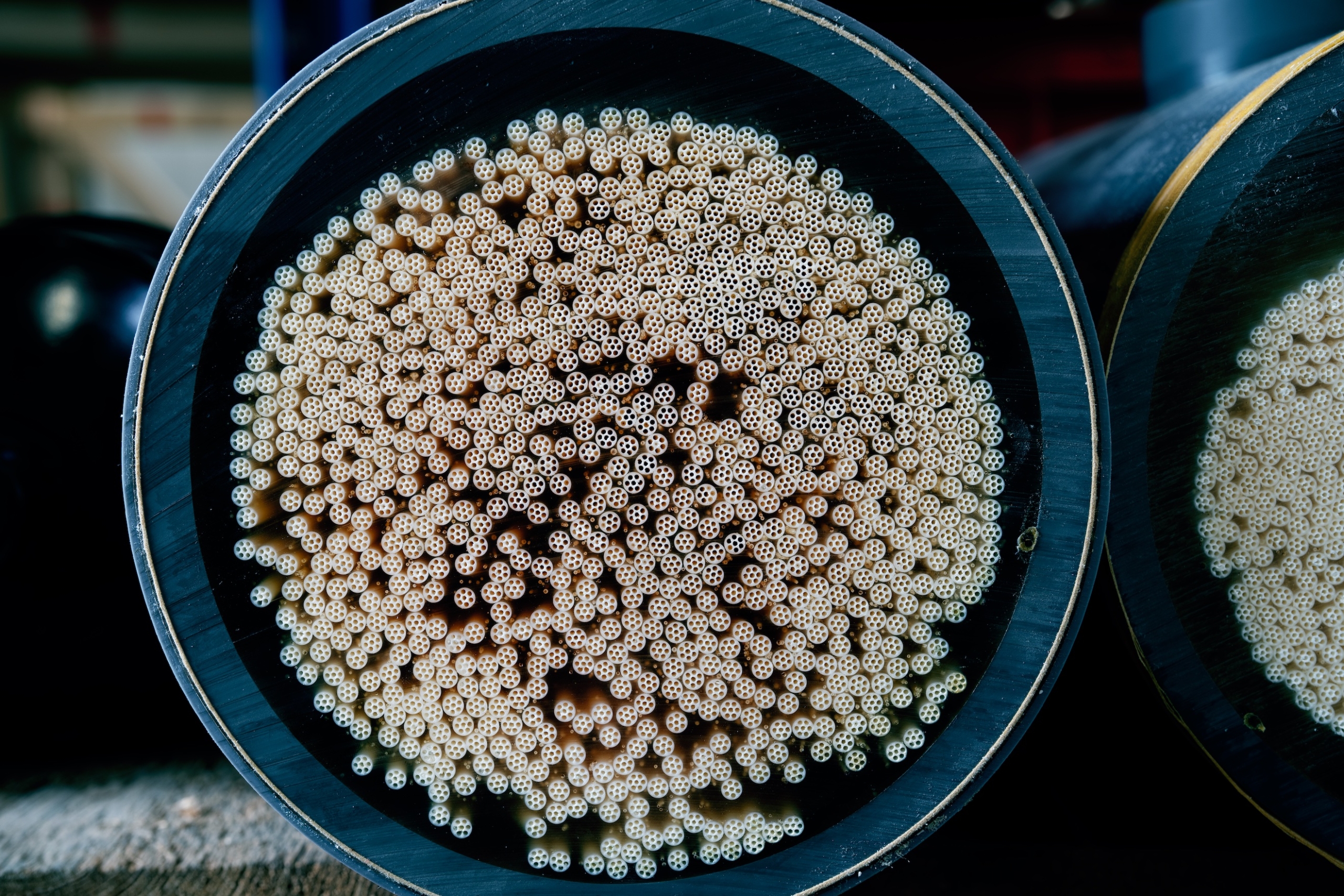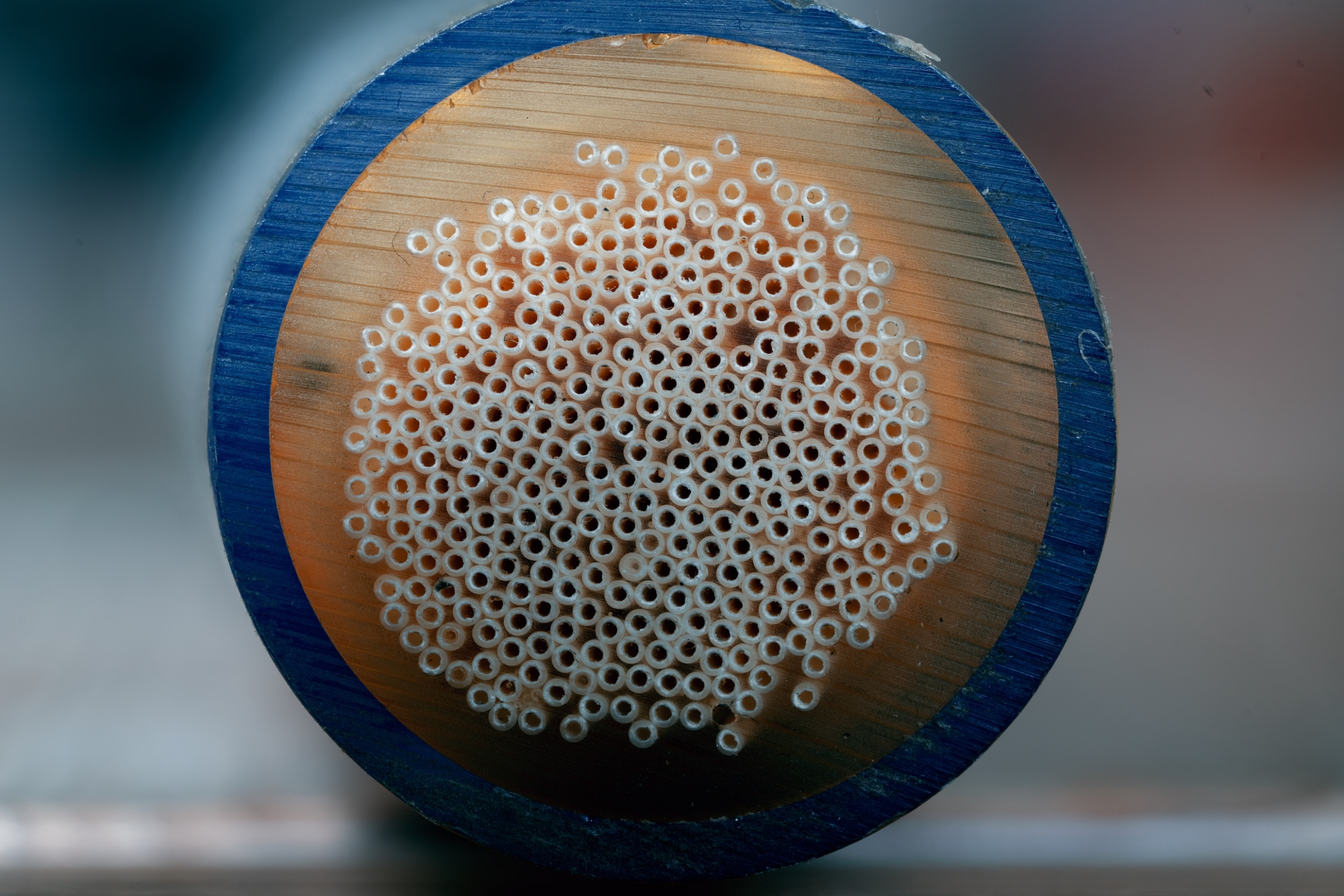
What is microfiltration
Like ultrafiltration, microfiltration is a physical barrier where the size of the pores determines which solids are allowed to pass through. The pores of a microfiltration membrane are of between 10 and 0.1 µm, with ultrafiltration one can think of pore sizes of 0.001 to 0.1 µm.
Microfiltration is available in various forms, these include;
- Filter candles
- Filter bags
- Hollow Fiber
- Automatic flushable
- Manual flushable
In locations where there is a lot of organic or inorganic material in the water, PB uses microfiltration as a pre-filter. The automatically flushable pre-filters can be fitted with cartridges up to 90 microns. The manually flushable units are supplied with filter bags between 5 and 20 microns.
Hollow fibre microfilters are similar to the hollow fibres used in ultrafiltration. The membranes are encapsulated in a filter housing and can be mounted in a similar arrangement to UF. PB can also supply customised hollow fibre microfiltration.
Microfiltration is used as a technique for;
- Removal of particles down to 0.1 µm
- Removal of bacteria
- Turbidity from beer and wine
- Separation of water and oils
- Pretreatment for UF and NF
Bacteria have a size of about 1 µm, so that means microfiltration is able to remove bacteria. Viruses, however, are not stopped by MF and will remain in the water. Due to the small difference in pore size of MF and bacteria, there is a chance of growth through mutation. To prevent this, it is advised to replace microfilters on a regular basis.


